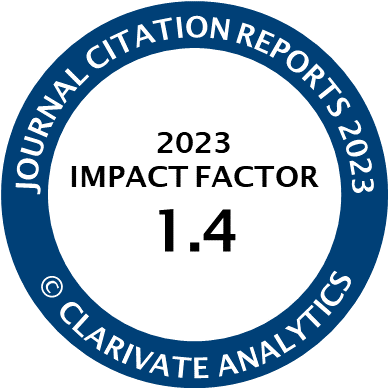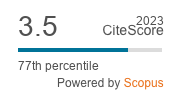Article | Open Access
Descendants of Hardship: Prevalence, Drivers and Scarring Effects of Social Exclusion in Childhood
| Views: | 5093 | | | Downloads: | 2666 |
Abstract: The social exclusion of children is problematic for two reasons. Young people typically inherit their marginal position from their family, and therefore cannot be held responsible for their hardship themselves; and social exclusion in childhood may affect their wellbeing and subsequent development, possibly leading to a “scarring effect” in later life. In this contribution we develop an instrument for measuring social exclusion among children. Social exclusion is regarded as a theoretical construct with four sub-dimensions: material deprivation, limited social participation, inadequate access to social rights, and a lack of normative integration. First we analyse data from a survey of 2,200 Dutch children, which contains a large set of social exclusion items. We applied nonlinear principal components analysis in order to construct a multidimensional scale. Measured in this way, the prevalence of social exclusion among children is 4.5%. Boys and children living in large families are more likely to experience social exclusion than girls and children with few siblings. The parental level of education and dependency on social security benefits are also important driving factors of childhood social exclusion. Subsequently we investigate the scarring effect. Longitudinal administrative income and household data covering 25 years were combined with a new survey of just under 1,000 Dutch adults, a third of whom were poor as a child. The survey assessed their past and current degree of social exclusion, and their health and psychosocial development, educational career, past family circumstances, etc. In an absolute sense scarring turns out to have been limited during this period: a very large majority of those who were poor or excluded as a child are above the threshold values in adult life. However, the “descendants of hardship” are still more likely to be socially excluded as adults than people who grew up in more favourable conditions. A causal analysis suggests that low educational achievements are the main mediator of scarring risks.
Keywords: children; nonlinear principal components analysis; poverty; scarring effect; social exclusion
Published:
© The author(s). This is an open access article distributed under the terms of the Creative Commons Attribution 4.0 license (http://creativecommons.org/licenses/by/4.0), which permits any use, distribution, and reproduction of the work without further permission provided the original author(s) and source are credited.




